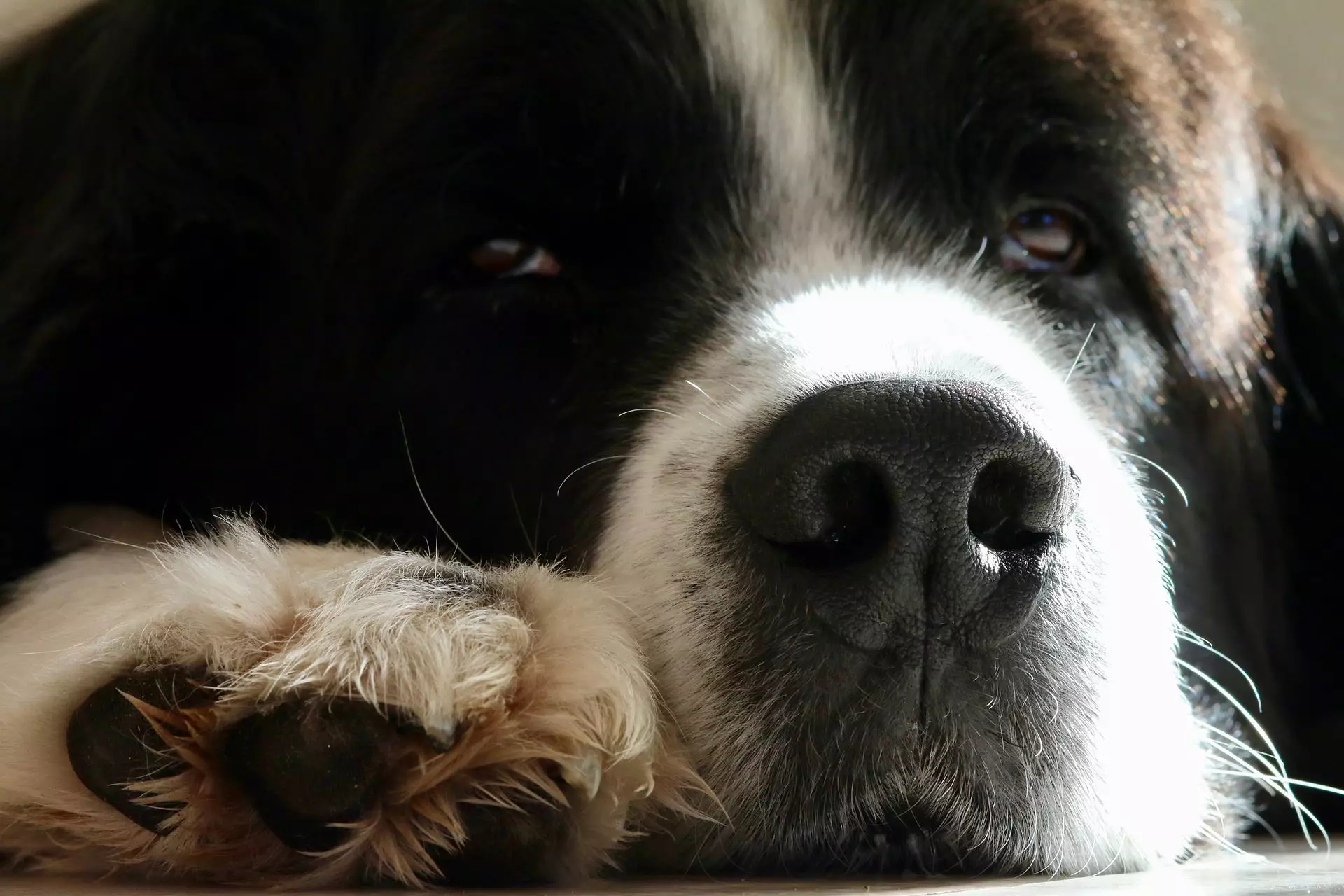Dogs are beloved members of our families and caring for them goes beyond just feeding and walking—they require regular grooming, including nail trimming. While it is a necessary part of dog ownership, nail trimming can often be a daunting task both for the dog and for the owner. Yet, understanding how to approach this process can transform it from a dreaded chore into a more manageable and safe procedure.
The Importance of Nail Care for Dogs
Nail trimming is not just about aesthetics; it is crucial for your dog’s health and comfort. Neglected nails can lead to a plethora of problems, including discomfort, abnormal walking habits, and even injuries from nails snagging on surfaces. Furthermore, long nails pose a risk of injury to both the dog and people, especially during play. By regularly maintaining your dog’s nails, you ensure their optimal movement and multitude of activities that keep them happy, which in turn promotes their overall well-being.
The Dreaded Nail Trim: Why Dogs Hate It
It’s a common scenario: you prepare to trim your dog’s nails, and they suddenly become anxious. Many dogs associate nail trimming with pain because of previous negative experiences. A clip too close to the quick—where the blood vessels and nerves are situated—can cause bleeding and discomfort, thereby feeding the dog’s fear. This “quicking” incident instills a lasting fear that may require patience and time to overcome. Understanding their fear is the first step to alleviating it and creating a positive association with grooming.
What to Do If You Accidentally Cut Too Close
Mistakes happen, even to the most experienced dog owners. If you do accidentally cut into the quick, stay calm; dogs are remarkably resilient. The crucial first step is to apply firm pressure to the bleeding area. This action will help activate the body’s natural clotting mechanisms. A clean cloth can be used for this purpose until the bleeding begins to subside, generally within a few minutes. Keeping your dog’s stress levels low is essential during this time as heightened anxiety can prolong the bleeding.
If you’ve prepared in advance, using commercially available styptic powders or common household alternatives like cornstarch can expedite clotting. While many dog owners stock up on these materials, it’s essential to use them cautiously. The application might cause a stinging sensation, leading to a negative association, so think about this when reaching for your supplies.
Paw Protection and Healing Process
Once the bleeding has stopped, your dog’s paw may require protection. Bandaging the affected area is critical, but it must be done correctly. The wrap should encompass the entire paw, not just the injured toe, and it should be snug yet comfortable enough that you can slide a fingertip beneath it. An inappropriate bandage might restrict blood flow and cause further harm. Monitor the bandage frequently and change it as needed to keep the area clean and reduce the risk of infection.
Understanding the estimated healing time is also valuable. A minor injury could take a couple of weeks to heal fully. Familiarize yourself with the signs of infection and seek veterinary advice if the wound worsens or does not show signs of improvement.
Prevention Is Key: How to Avoid Cutting Too Short
Avoiding accidental nicks can dramatically reduce the stress of nail trimming for both you and your furry friend. Invest in quality nail clippers designed specifically for dogs, as they often allow for better control. Familiarizing your dog with having their paws handled comfortably is crucial. Conduct training sessions that reward positive behavior to ease this process.
Trim your dog’s nails in a well-lit space and position the clippers carefully, keeping the quick’s location in mind. Making small, gradual cuts is preferable to taking larger chunks off. By adopting a cautious approach, you create a more pleasant experience for your dog and diminish the risk of inadvertently causing them distress.
What to Remember After Trimming
Even after a nail trimming session, ongoing vigilance is essential. Monitor your dog closely for any signs of discomfort or reluctance to walk. While minor wounds usually heal themselves, be proactive about hygiene and cleanliness, washing any exposed quick and keeping it bandaged as needed. Consider consulting with your veterinarian if uncertain about treatment or if your dog seems particularly uncomfortable.
The act of trimming your dog’s nails doesn’t have to be a dreaded encounter. Through thoughtful preparation, a gradual approach, and understanding your dog’s perspective, you can ensure safe nail trimming and foster a long-lasting trust between you and your pet. Embrace this opportunity to enhance your bond with your furry friend while ensuring they maintain a healthy and happy lifestyle.

